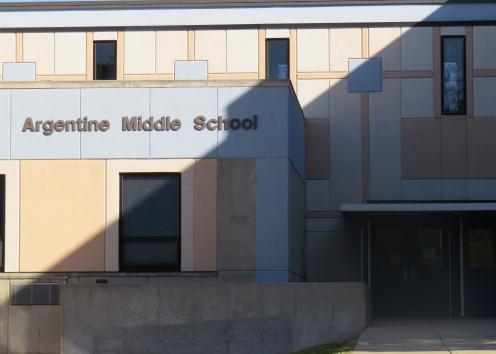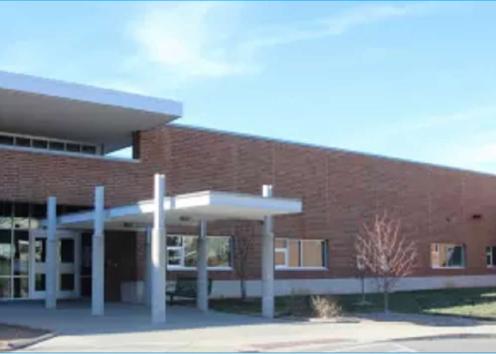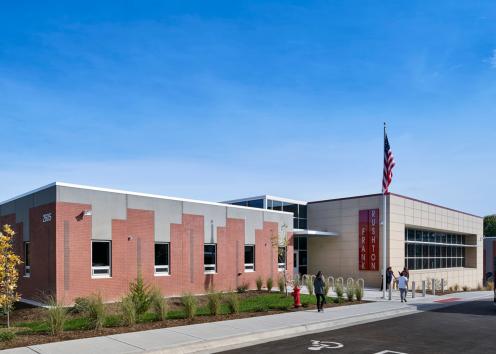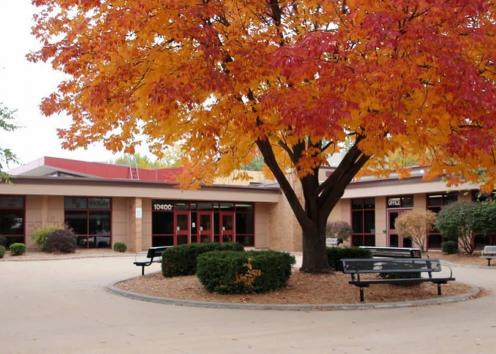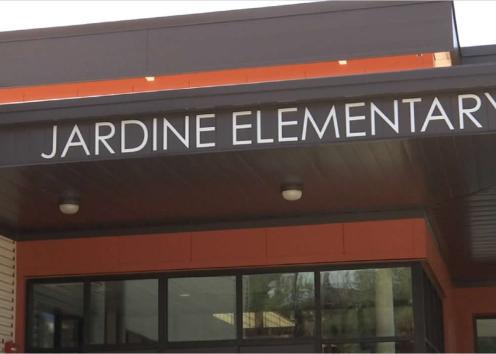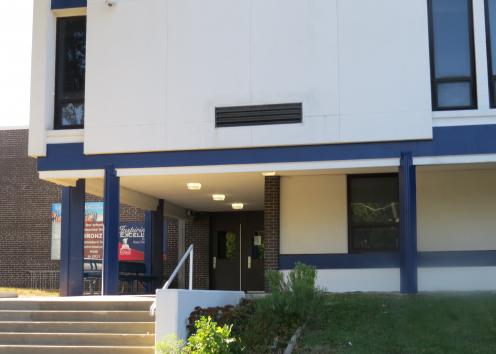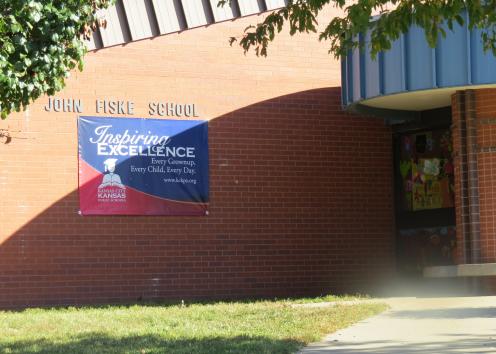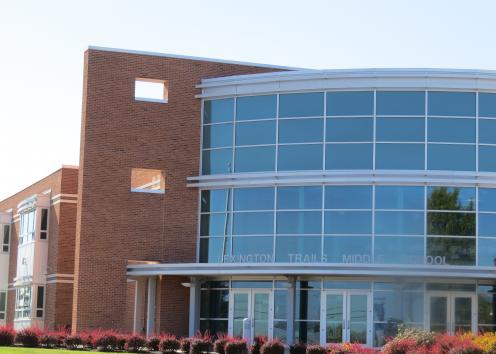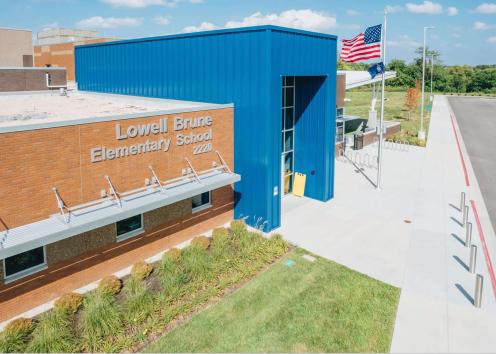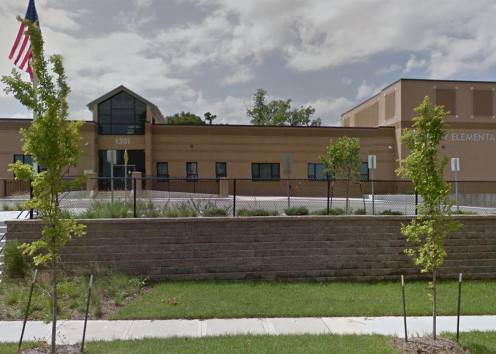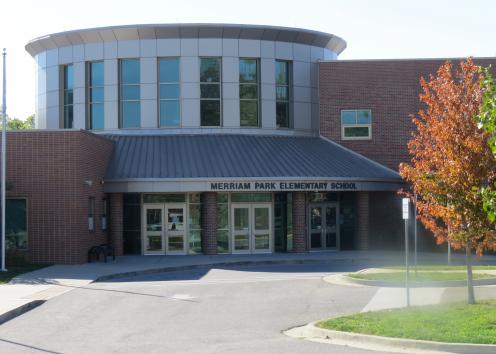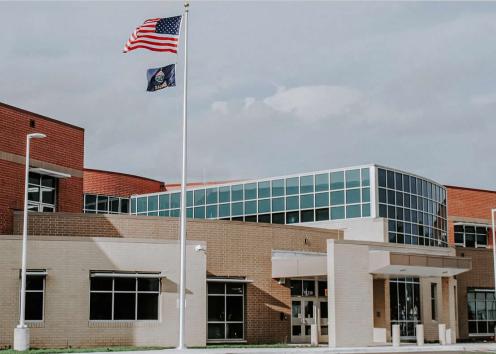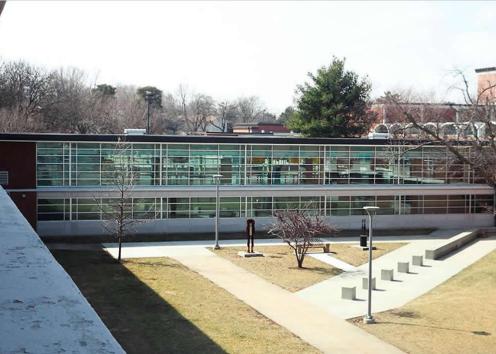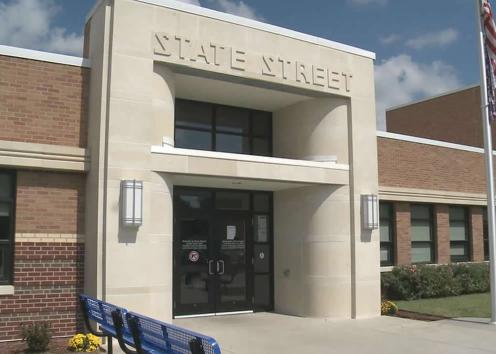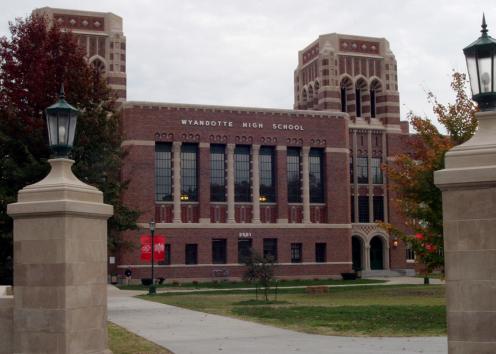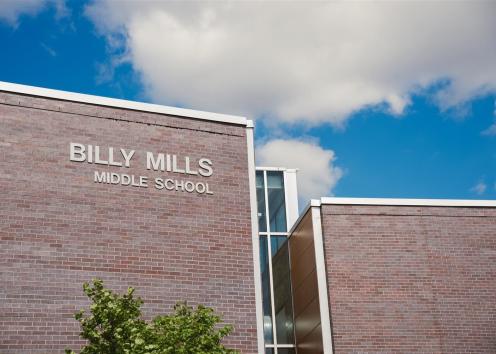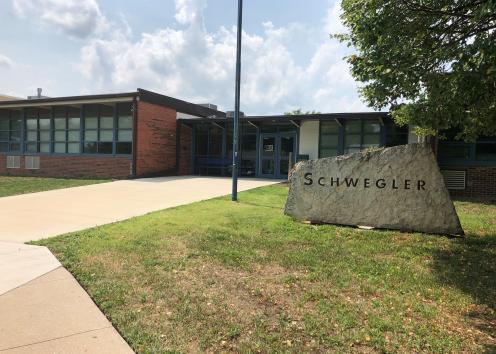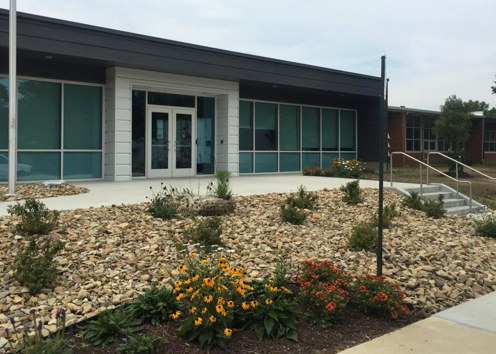Professional Development Schools Alliance

Founded in 1991, the alliance works to provide the following:
- collaborative educator preparation
- ongoing professional development
- reflective inquiry
- continuous school renewal
Within these tenets, the alliance works for collaborative research, training and professional development opportunities for public school educators, university faculty, and teacher education students with the ultimate goal of improving education for all children. The PDS program also provides KU students an excellent means to be part of a dynamic collaboration of caring and committed educational professionals.
PDS Alliance Courses & Opportunities
All teacher education students at KU who wish to be part of the PDS experience must indicate their choice during the "Intent to Student Teach" application process.
PDS students at KU may complete one or two semesters at a designated PDS site. PDS students complete the required hours of coursework together with PDS on-site hours each week. The on-site hours are designed to connect the content of the course with the practical and everyday applications to each specific site.
PDS students are also expected to learn the culture and the climate of their school during their weekly visits. The cohort model is designed to build lasting collaborative relationships with other student teachers as a support structure for the success of their futures. Combined, this experience prepares PDS teacher candidates to begin their spring student teaching experience immediately.
During the fall semester, the PDS program fulfills requirements for the course ELPS 537: The Governance and Organization of Schools. During the spring semester, the PDS program fulfills the requirements of C&T 495 Seminar: Developing the Teaching Portfolio. It allows teacher candidates to discuss their experiences, receive site-related timely topics presented by PDS school staff, and receive support and training to complete their Kansas Performance Teaching Portfolio (KPTP).
Although co-teaching is not a new phenomenon, its application to the student teaching arena is a relatively new area of study.
Co-teaching is defined as two teachers (in our case clinical supervisor and student teacher) working together with groups of students – sharing the planning, organization, delivery and assessment of instruction, as well as the physical space. Both teachers are actively involved and engaged in all aspects of teaching and instruction.
Advantages of co-teaching include:
- Reduces student/teacher ratios
- Enhances the ability to meet student needs in a large and diverse classroom
- Increases student engagement
- Builds more consistent classroom management
- Increases instructional options for all students
- Enhances overall collaboration skills
The PDS Alliance Executive Council is made up of teachers, instructional coaches, principals, and faculty members from across four of the five academic departments within the KU School of Education and Human Sciences.
The PDS Alliance Executive Council are active supporters of the KU PDS Alliance in a variety of ways including:
- Serving as faculty liaisons between KU and the partner schools
- Offering professional development on-site for collaborative learning opportunities
- Working with educators in the districts to produce collaborative research and publications
- Mentoring pre-service students in their professional development experiences
The PDS Executive Council members meet multiple times throughout the academic year.
In the true spirit of the PDS model of continuous improvement, the council meetings are sometimes hosted on-site at a PDS school location so that the schools can showcase their successful initiatives and allow for principals, teacher liaisons, and KU faculty to observe and interact with school staff.
Although co-teaching is not a new phenomenon, its application to the student teaching arena is a relatively new area of study.
Co-teaching is defined as two teachers (in our case clinical supervisor and student teacher) working together with groups of students – sharing the planning, organization, delivery and assessment of instruction, as well as the physical space. Both teachers are actively involved and engaged in all aspects of teaching and instruction.
Advantages of co-teaching include:
- Reduces student/teacher ratios
- Enhances the ability to meet student needs in a large and diverse classroom
- Increases student engagement
- Builds more consistent classroom management
- Increases instructional options for all students
- Enhances overall collaboration skills
The PDS Alliance Executive Council is made up of teachers, instructional coaches, principals, and faculty members from across four of the five academic departments within the KU School of Education and Human Sciences.
The PDS Alliance Executive Council are active supporters of the KU PDS Alliance in a variety of ways including:
- Serving as faculty liaisons between KU and the partner schools
- Offering professional development on-site for collaborative learning opportunities
- Working with educators in the districts to produce collaborative research and publications
- Mentoring pre-service students in their professional development experiences
The PDS Executive Council members meet multiple times throughout the academic year.
In the true spirit of the PDS model of continuous improvement, the council meetings are sometimes hosted on-site at a PDS school location so that the schools can showcase their successful initiatives and allow for principals, teacher liaisons, and KU faculty to observe and interact with school staff.
The PDS Mixer
The PDS Mixer is a way for the current PDS student teachers to meet the incoming PDS students in an informal way.
Current PDS student teachers share their experiences in their PDS schools, the benefits of the program, what skills they gained that will set them up to be a successful teacher, successes and challenges they faced. This is also a way for the incoming PDS student teachers to ask any questions they still have about PDS and about student teaching in general. Some of the topics that are discussed are the following:
- carpooling,
- working with clinical supervisors,
- placement choices,
- how it differs from the traditional student teaching,
- environment and support in the PDS, and
- employment opportunities.
This takes place during the C&T 495 course time on campus once incoming PDS student teachers are admitted in April. This allows the incoming student teachers to get a preview of the course in order for them to gain insight on what the education assessment is for Kansas licensure. Food and drinks are provided for those that attend.
Courses



An auditorium half full of PDS and other students

Practicums in PDSs
Students in their junior year are placed in PDSs to complete practicum hours in different content areas.




